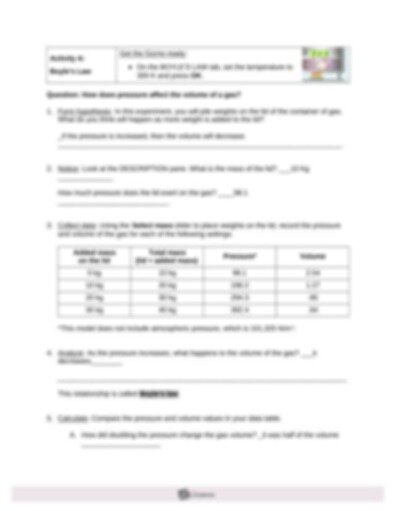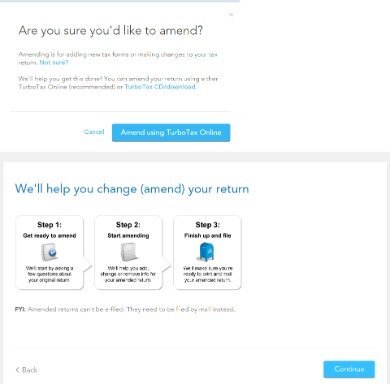Contents:

With the salary method, you’re regularly paid a set salary just like any other employee. With the draw method, you can draw money from your business earning earnings as you see fit. Rather than having a regular, recurring income, this allows you to have greater flexibility and adjust how much money you get depending on how business is going.
That means there must be a signed promissory note, with stated reasonable interest rate, and a repayment schedule. Otherwise, you risk the IRS reclassifying these “loans” to dividends or salary. If you run a business and you’re not sure how to pay yourself, you’re not alone.
Since draws are not subject to payroll taxes, you will need to file your tax return on a quarterly estimated basis. However, all owner’s withdrawals are subject to federal, state, and local income taxes and self-employment taxes . When you take an owner’s draw, no taxes are taken out at the time of the draw. However, since the draw is considered taxable income, you’ll have to pay your own federal, state, Social Security, and Medicare taxes when you file your individual tax return.
Payments by Business Entity Type
If you have less coming in than going out, you might need to take a temporary how to write a receipt cut. Some big questions may swirl around in your head before taking a draw. The best starting point is taking a look at the value of your ownership stake in the company. Guaranteed payments need to be written into your partnership agreement.
A shareholder needs to make sure they have basis before they accept income or loss from a K-1 on their tax return. Anything taken in excess and the IRS could reclassify the distribution as a taxable dividend. This is like being double taxed in a C-Corporation, only with some nasty repercussions. A penalty would be assessed and there would be a reporting imbalance in owner equity for the S Corporation. A shareholder distribution is a payment from the S corp’s earnings taxed at the shareholder level. In other words, shareholder distributions are not recorded as personal income or subject to Social Security or Medicare taxes.
When you’re evaluating the best method to pay yourself, there are several factors to consider. If your business is an S-corp, you must pay yourself a salary if you are actively involved in running and managing your business. We provide third-party links as a convenience and for informational purposes only. Intuit does not endorse or approve these products and services, or the opinions of these corporations or organizations or individuals.
Dear Andy: Transfer portal ‘kings’ to watch and top stadiums for high-stakes games - The Athletic
Dear Andy: Transfer portal ‘kings’ to watch and top stadiums for high-stakes games.
Posted: Thu, 20 Apr 2023 09:06:07 GMT [source]
They can make a withdrawal (owner’s draw) against the value of this stake to get cash for personal use. Owners can set up regular owner’s draws or just use them whenever the need arises. An important concept when taking draws or distributions is the member’s Basis, or equity balance. Members will have a defined amount of Basis, calculated by their initial financial stake in the company taking into account profits and losses since that time, net any draws.
Avoiding tax confusion
Every owner in your company should have a dedicated equity account on your balance sheet. If your books are up to date, you should be able to look at your equity account balance to know the value of your ownership interest. Payroll software can help you distribute salaries to S corp owners and employees. If you don’t budget for it, you risk being hit with a big tax bill, and you may not have the cash on hand to pay.
The tax rate for Social Security and Medicare taxes is effectively 15.3%. Since owner draws are discretionary, you’ll have the flexibility to take out more or fewer funds based on how the business is doing. Deciding how to pay yourself as a small business owner is an important consideration, one that can have tax ramifications for your and your business. As a sole proprietor, single member LLC, or even as a partner in a partnership, you’ll be required to take an owner’s draw, for which taxes are not initially withheld.
Owner’s draw vs. salary: How to pay yourself as a business owner
If you’re a sole proprietor business owner or a partner , taking an owner’s draw is the easiest. Just keep in mind that you are responsible for paying your own taxes on this draw, which is considered taxable income. In an S corp, the owner’s salary is considered a business expense, just like paying any other employee. Any net profit that’s not used to pay owner salaries or taken out in a draw is taxed at the corporate tax rate, which is usually lower than the personal income tax rate.
Simply take money from your business bank account and put it in your personal account. As discussed above,owner draws are not expensesso you transfer money to your personal account via owner draw, the money leaves the business but does not reduce income. If you run a corporation or NFP, you have to assign yourself a reasonable salary. The IRS determines what is and isn’t reasonable salaries for CEOs and non-profit founders in order to prevent certain tax benefits from being exploited. As we mentioned earlier, you can determine what a reasonable wage is by comparing your earnings to CEOs in similar positions. In this post, we’ll look at a few different ways small business owners pay themselves, and which method is right for you.

With that being said, owner’s draws are considered taxable income, and taxes won’t be deducted automatically. This means Charlie will need to tuck aside money towards federal and state income taxes as well as self-employment taxes. When you own a company through a sole proprietorship or partnership, you don't have to answer to stakeholders, and you can run the business however you decide. This includes when to take profits out of the business and how much to take.
Salary method vs. draw method
If you are looking to outsource Paychex can help you manage HR, payroll, benefits, and more from our industry leading all-in-one solution. Of course, you also have to consider your business size and location. If you used to work at a major corporation in the city, that amount would likely be too large to justify for a small startup in a more rural location. A business needs to be able to create financial documents in order to understand how the company is... However, you need to understand your amount of equity as an owner or member before taking a draw. Choosing the right business type is essential to your company's...
Typically LLCs are limited to altering an agreement year to year. However, once your business is out of debt and has a steady revenue stream, you need to allocate money for your salary. If you draw excessive amounts, the IRS may consider your business an unprofitable hobby and not allow for standard business deductions, which can cost you. Explore Thryv for businesses including real estate, insurance, events and more.
If she withdrew $60,000, her remaining owner’s equity would be $40,000. Note that you cannot pay yourself a salary in a sole proprietorship, partnership, or single-member LLC because you cannot be an owner and pay yourself as an employee. How much to pay yourself is different for every type of business. Since sole proprietors can take as much as they want, a lot of factors need to be weighed when determining pay. You need to look at net income alongside your business expenses.
Employee Spotlight: Catherine Pyfrom
Then, set up a dedicated bank account for funds transfers that will be used to pay your partners and yourself. Determine how much money you need for your business expenses. This includes everything from office supplies, marketing materials, and employee salaries if applicable.
How To Start An Architecture Firm: Starting An Architect Business - Fabrik Brands
How To Start An Architecture Firm: Starting An Architect Business.
Posted: Fri, 21 Apr 2023 11:10:47 GMT [source]
An owner’s draw is when an owner of a sole proprietorship, partnership or limited liability company takes money from their business for personal use. The money is used for personal expenses as opposed to taking a traditional salary. The best way to pay yourself depends on the type of business you operate and its cash flow, as well as your own personal financial needs. But an owner’s draw provides more flexibility, allowing for adjustments in how much is withdrawn based on the cash flow of your business.
Schedule A Call
This may influence which products we review and write about , but it in no way affects our recommendations or advice, which are grounded in thousands of hours of research. Our partners cannot pay us to guarantee favorable reviews of their products or services. However, for all your sole traders out there, unfortunately this isn’t an option for you.
- Also, if you are a single-member or multi-member LLC, you will have to use the draw method since LLC members are not allowed to pay themselves a regular salary.
- Anything taken in excess and the IRS could reclassify the distribution as a taxable dividend.
- However, LLC owners can opt to file Form 8832, which informs the IRS to tax the business as an S corp.
However, LLC owners can opt to file Form 8832, which informs the IRS to tax the business as an S corp. If you opt to have your business taxed as an S corp, then you’re considered an employee, and you must pay yourself a salary if you are active in your business. When you establish a sole proprietorship, you do not create a separate legal entity.
She could choose to take some or even all of her $80,000 owner’s equity balance out of the business, and the draw amount would reduce her equity balance. So, if she chose to draw $40,000, her owner’s equity would now be $40,000. Once you form a business, you’ll contribute cash, equipment, and other assets to the business. When you contribute assets, you are given equity in the entity, and you may also take money out of the business each year.
If you are self-employed or a sole proprietor, you can take an owner's draw whenever you need funds and the business has them available. Keep in mind, however, that taking too much from the business can cause cash flow problems in the future. You'll also need to keep track of how much you pull from the business each year, so you can document any cash received on your personal income tax return. Yes, an owner’s draw is generally considered personal income, as it is a distribution of money taken from your company’s profits. Though the specific tax implications will depend on the amount withdrawn and state tax rules where you reside. It’s a simple question, but different factors can determine your pay, like business structure, profits, expenses, and reasonable compensation guidelines.

